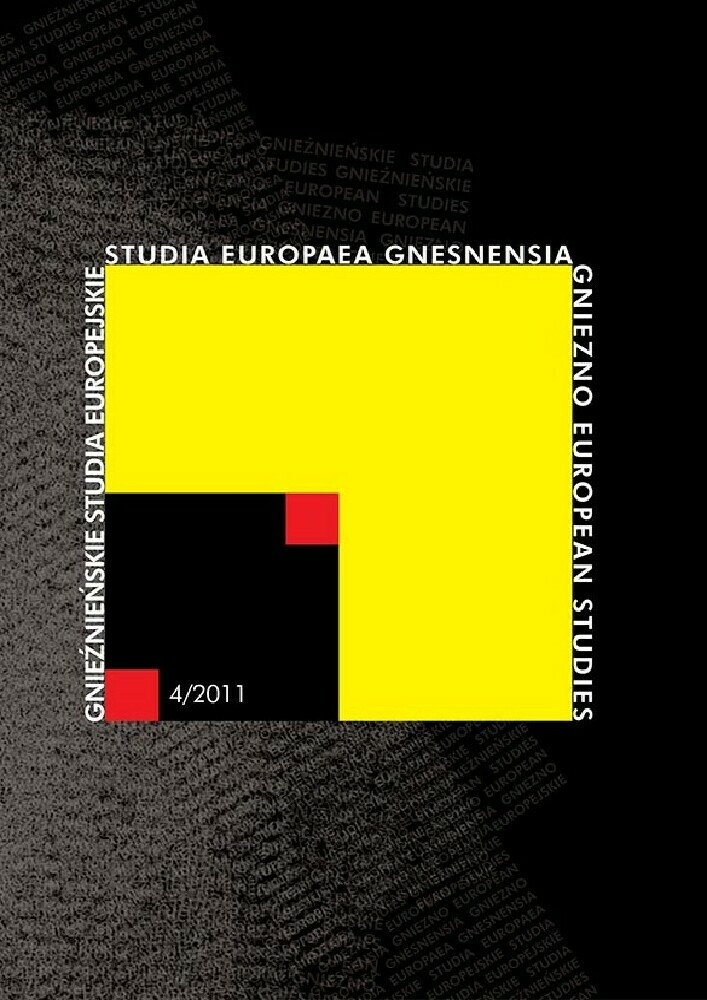Abstrakt
The article focuses on the analysis of the 1919 poster entitled “Beat the Whites with the Red Wedge”. The intention of the text is to demonstrate the artist’s inspirations with Jewish mysticism, messianism and Kabbalah, exploited for the needs of the Soviet, revolutionary interpretation of building a new world.
Bibliografia
Amishai-Maisels Z., Chagall’s Dedicated to Christ: Sources and Meanings, [w:] Jewish Art 21–22 (1995–96), s. 75 (68–94).
Apter-Gabriel R. (red.), Tradition and Revolution. The Jewish Renaissance in Russian Avant-Garde Art 1912–1928, Jerusalem 1988.
Doukham I., Beyond the Holy City: Symbolic Interpretations in the Avant-GardeUrban Utopia, [w:] B. Kühnel (red.), The Real and Ideal Jerusalem in Jewish, Christian and Islamic Art, Jewish Art (Journal) 23/24, Jerusalem 1997–8, s. 565–574.
Glatzer Wechsler J., El Lissitzky’s ‘Interchange Stations’: The Letter and the Spirit, [w:] L. Nochlin, T. Garb (red.) The Jew in the Text. Modernity and the Construction of Identity, London 1995, s. 194, przypis 30.
Greenspoon L.J.(red.), Yiddish Language and Culture Then and Now (Studies in Jewish Cicilization-9), Omaha, Nebraska 1998.
Hemken Kai-Uwe, El Lissitzky: Revolution und Avantgarde, Cologne 1990; V. Margolin, The Struggle for Utopia, Chicago 1997.
Kampf A., Chagall to Kitaj. Jewish Experience in 20th Century Art, London 1990, s. 15–43.
Lissitzky E., Maszynopis z Archiwum Lissitzky’ego, 1923, Centralne Archiwum Państwowe Literatury i Sztuki (TsGALI) 58, Moskwa, cyt. za: S. Lissitzky-Küppers, El Lissitzky: Life,Letters, Texts, London 1992, s. 325.
Ouaknin M.A., Tajemnice Kabały, tłum. K i K. Pruscy, Warszawa 2006, s. 277–280.
Paszkiewicz P., Zadrożny T.(red.), Jerozolima w kulturze europejskiej, Warszawa 1997.
Prokopowicz M., Księga Jecirah. Klucz kabały, Warszawa 1994, s. 19.
Schmidt G.G., The First Buber. Youthful Zionist Writings of Martin Buber, New York 1999, s. 30–34.
Scholem G., Kabbalah, Jerusalem 1974, s. 138–139, zob. też idem, Kabała i jej symbolika, tłum. R. Wojnakowski, Kraków 1996.
Scholem G., Mistycyzm żydowski i jego główne kierunki, tłum. I. Kania, Warszawa 1997.
Tumarkin Goodman S., Rusian Jewish Artists in a Century of Change. 1890–1990, New York 1996.
Turowski A., Supremus Malewicza, Warszawa 2004.
Turowski A., Wielka utopia awangardy: artystyczne i społeczne utopie w sztuce rosyjskiej 1910–1930, Warszawa 1990.
Licencja
Copyright © 2011 by IKE and PTPN
